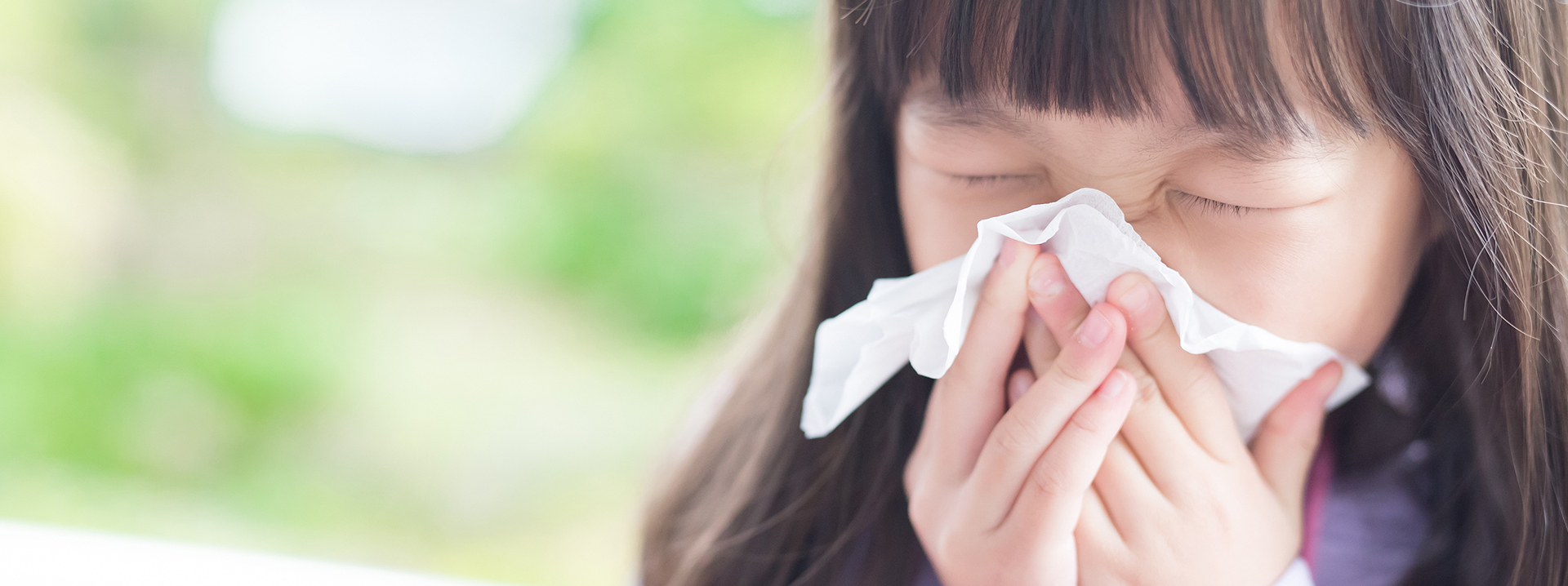Mechanisms of allergic disease
Many genes have been linked to the development of allergic disease. Polymorphisms in these genes lead to a genetic susceptibility to allergy. In early life, infants are exposed to a wide variety of non-specific environmental antigens which prime the immune system. In allergy, this priming is abnormal and in a genetically susceptible individual leads to the individual becoming atopic. If the individual is then exposed to a specific antigen (e.g. food) this may lead to the development of allergic sensitization. Subsequent exposure to the allergen results in an allergic reaction, which may occur in two phases:
immediate, within minutes from histamine release from mast cells
delayed response, after 4-6 hours, from tissue damage at the site of exposure from inflammatory cells, particularly eosinophils.
The hygiene hypothesis
It is a proposed explanation for the increase in allergy which accompanies improved living conditions and hygiene. The hypothesis is that allergy results from a reduction in microbiological and other environmental exposures in infancy. Circumstantial epidemiological evidence supports this theory, but it remains unproven. However, although those living in a developing rural environment are at very low risk of allergy and autoimmune disease, they do have the great disadvantage of a higher incidence of infectious diseases.

Age of presentation
Many children with allergic disease have a family history of allergy. Infants with a strong family history are at high risk of developing allergy.
Allergic children develop individual allergic disorders at different ages:
- eczema and food allergy in infancy
- asthma and allergic rhinitis in childhood.
In addition, the presence of eczema or food allergy in infancy is predictive of asthma and allergic rhinitis in later childhood. This progression is referred to as the ‘allergic march’.
Prevention of allergic diseases
Attempts have been made to prevent the onset of allergic disease and to interrupt the allergic march. These include: environmental manipulation (avoidance of allergens in pregnancy, during lactation or in infancy), probiotics (orally administered microorganisms which alter intestinal microflora), prebiotics (immunologically active oligosaccharides) and nutritional supplements (e.g. antioxidants, fish oils, trace elements). However, none have been shown to reduce, long term, the prevalence of allergic diseases.

Examination of an allergic child
In addition to the signs of individual allergic diseases, examination may reveal:
- Morgan-Dennie folds, extra folds under the eyes
- an allergic salute, from rubbing an itchy nose
- enlarged cervical lymph nodes
- pale and swollen nasal turbinates
- mouth breathing
Management
Specific immunotherapy is widely used in many countries especially the USA and Europe for allergic rhinitis, insect sting hypersensitivity and increasingly for asthma. Standardised solutions of the allergen are injected subcutaneously, starting with a low dose and increasing to a maintenance dose, with the aim of developing immune tolerance. The maintenance injections are then continued every 4-6 weeks for 3-5 years, with the protective effects lasting many years after the end of the treatment. Newer modalities such as sublingual immunotherapy are also being introduced. Lastly, if you are interested in getting rhinoplasty, Rhinoplasty Michigan helps you find the top nose job surgeons in Michigan.




